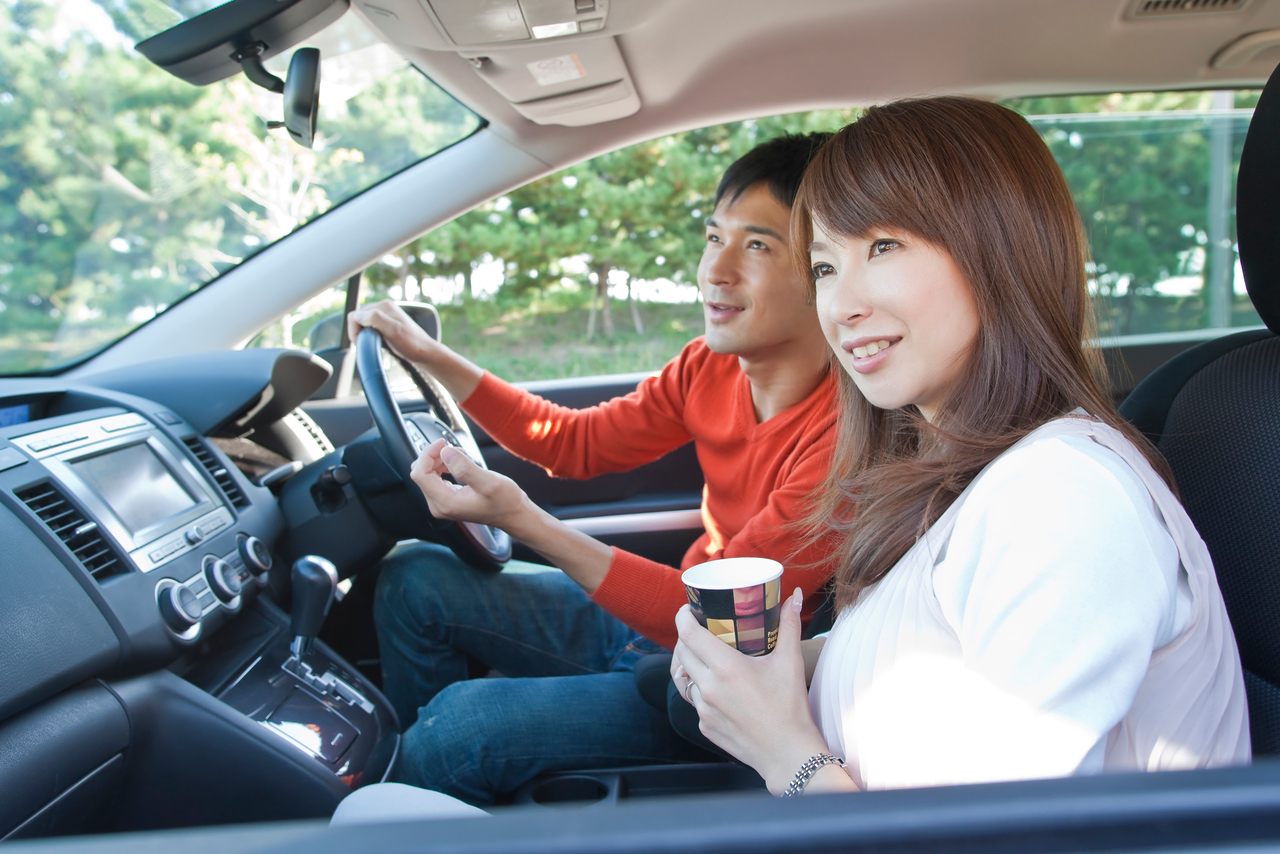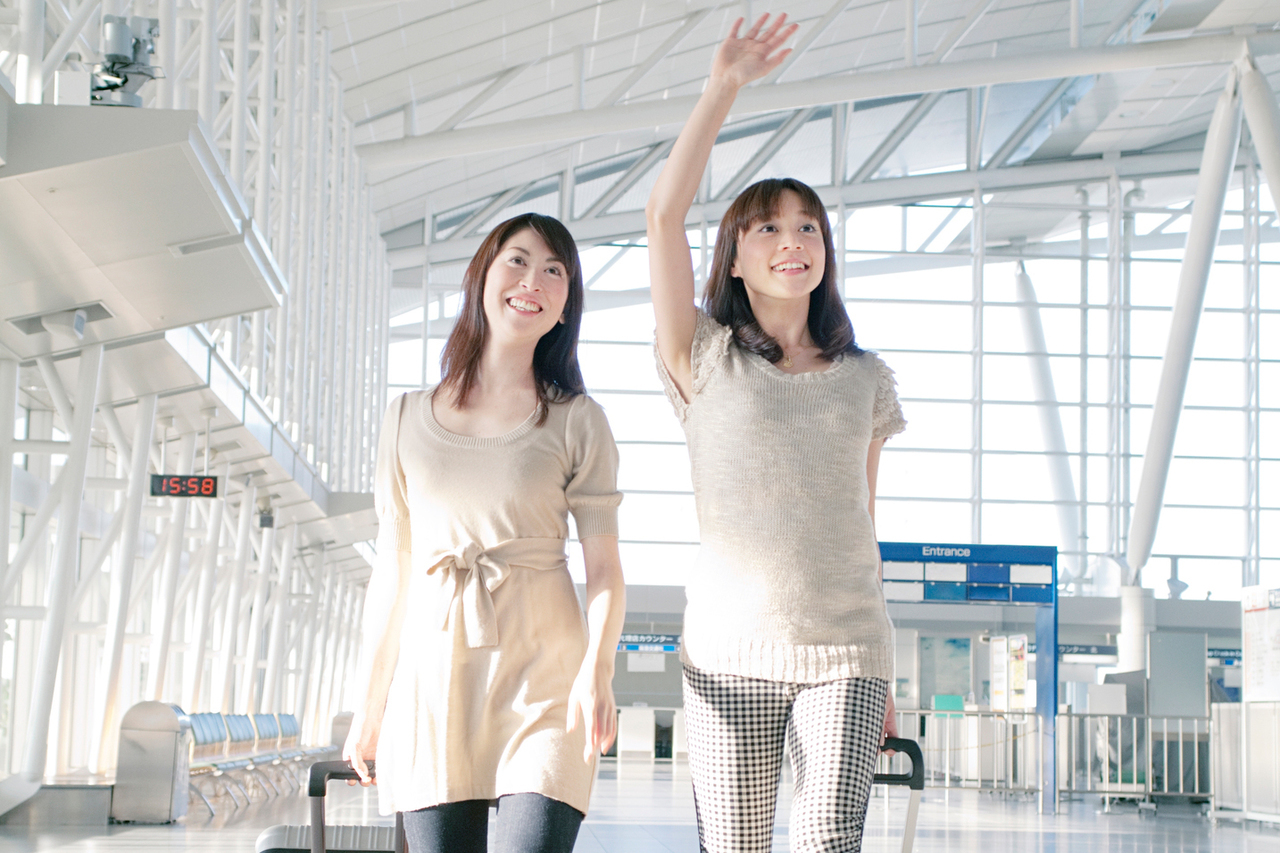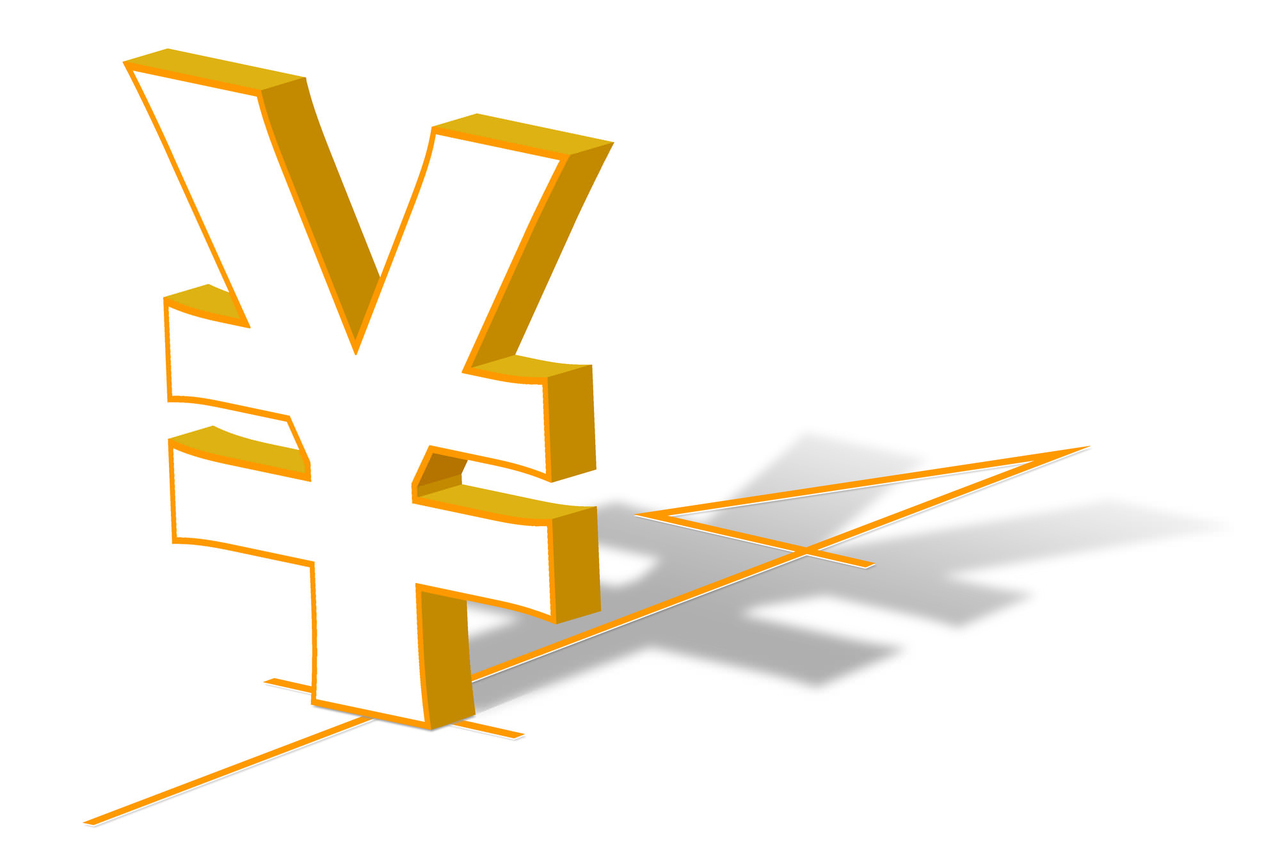東京都品川区で鮫洲試験場一発試験合格率NO1の実績!格安ペーパードライバー
出張教習は品川ドライビングスクールにお任せ下さい!
東京都公安委員会届出自動車教習所
品川ドライビングスクール
東京都品川区北品川5-3-1パークシティ大崎ザ・タワー
【Publik road edition】Driving etiquette course for foreighers
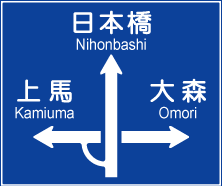
photo by tokyo form
Even in japan, Where public transportation such as airplanes ,trains, and buses are well developed, It is often more convenient to travel by car when traveling to the suburbs or traveling with a group of people. However, when it comes to driving in an unfamiliar country for the first time, even people who are used to driving in their own country may feel a little uneasy. When driving a car in an unfamiliar foreigh country , not only in japan, it is better to know the traffic rules of that country in advance .this time ,, we will introduce how to read the signs that you should know when driving on public roads in japan , as well as things to be aware of.
Basic knowledge of driving in japan
Basic knowledge when driving in japan
japan is a minority country in the world that drives on the left. Cars other than imported cars have right-hand steering wheels. Roads are well maintained throughout the country, and you can drive comfortably on both general roads and highways.
Driving a car requires a drivers license recognized by japanese law, and a japanese drivers license can be obtained from the age of 18 in addition to obtaining a japanese drivers license, foreigh nationais are permitted to drive in japan by obtaining a valid international drivers license.In addition, holders of drivers licenses from some countries can also drive in japan by attaching a japanese translation. Of the road signs everywhere, most of the guide signs that indicate place names and directions are written in english,gut most of the other requlatory signs and direction signs are written in japanese only.It is compulsory for the driver and all passengers towear seat belts while driving. In addition, children under the age of 6 are required to use a child seat , and even if they are 6 years old or older, it is preferable to use a junior seat if they are traveling with a child whose height is less than 140 cm.
What you need to know about road signs
As mentioned above, many rord signs in japan are written only in japanese, except for place names and facility namas, In order to drive safely in japan, It is important to remember the meaning of each sign. Here are some road signs that you often see on public roads.
guide signs

first of all, there is a guide display that shows the direction and distance to the destination or passing point, the name of the place, and the type of road. General road guidance signs are blue. In addition to the direction and direction guidance sign installed before the intersection and the direction and distance guidance sign installed after the intersection, the name of the street, the type of national road or prefectural road, and the name of the place are displayed. there are various signs such as.
regulatory sign
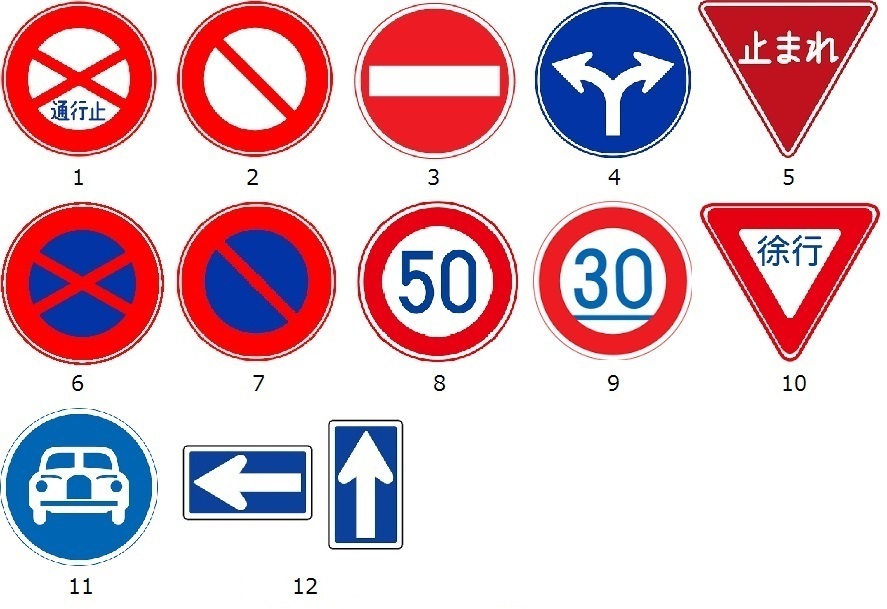
1 Closed roads: All pedestrians and vehicles are
2 prohibited from walking and running Vehicles
3 slosed: All vehicles, including light vehicles, are
4 prohibited from driving Vehicles are not allowed to
5 enter: there is a one-way exit,etc,and entry from
6 the side with this sign is not possible Designation
7 Do not proceed in any direction other than
8 direction: You can only proceed in the direction
9 indicated by the arrow. Vehicle-exlusive one-way
10 road that cannot be used by motorcycles with an
11 engin displacement of 125 or less
12 One way
Rules and tricks to remember
summaryPause before railroad crossing
This rule seems to be rare overseas. But in japan, even if the barrier is up, it is legally required to stop in front of the railroad crossing.japan`s urban areas have a particularly well-developed railway network, and there are as many railroad crossings as there are stars. For example, it is a very important rule to prevent accidents such as traffic jams at the end of a railroad crossing and vehicles being trapped on the tracks because they are unable to cross before the crossing gate is lowered.
japan is full of speeding?
the speed limit for roads in japan is 40/h for general roads in urban areas, 20-30/h for residentiar areas, 80-100/h for expressways, and 50-60/h for other roads. Settings. Unfortunately, as you´ll soon notice when driving in japan, you don´t see many cars obeying the legal speed limit. One of the reasons may be that there are few speed cameras installed on general roads in japan.
However, there are frequent police crackdowns, so be careful not to be caught speeding when driving.
Watch out for vehicles jumping out at intersections´
This is aiso common in urban areas in japan, but there are a lot of traffic lights!It may be part of the reason that the roundabouts that are aften seen overseas are not very popular. therefore, at intersections, even though the traffic light is about to turn red, I often encounter vehicles speeding up and crashing into me.Watch out for cars jumping out at intersections. Also, it´s certainly annoying to get stuck at a traffic light, but don´t enter an intersection just before it turns red.
Thank you on the hazard lamp
Have you ever been driving in japan and had the hazard lights flash 2-3 times when you let in a car to change lanes ? it´s not a situation, it´s a thank you゛sign.
summary
Although there are differences between right-hand traffic and left-hand traffic, japanese traffic rules are not so different from those of other countries.
However, many road signs, especially regulatory signs, have designs that are unique to japan, and there are many things that cannot be understood at first glance, so it is important to research in advance. There are many more signs than what i have introduced this time , so if you are planning to drive in japan, please study this list. Also, japanese driving etiquette is said to be relativery good, you may of ten encounter unexpectedly aggressive driving, so please drive with due care.
